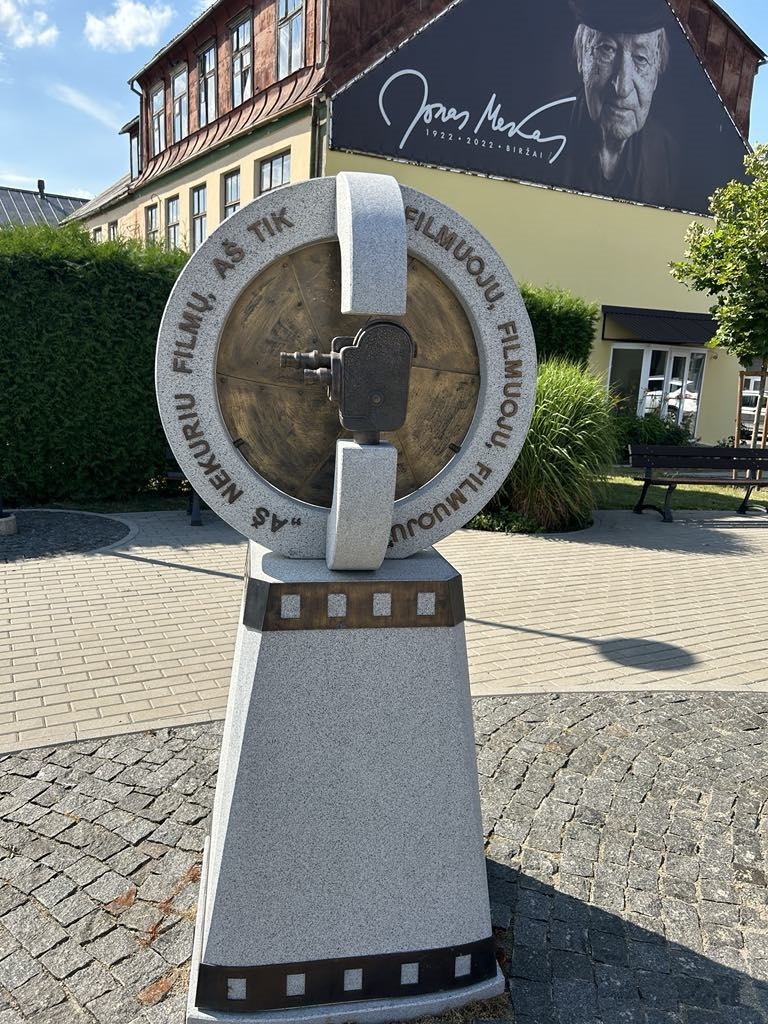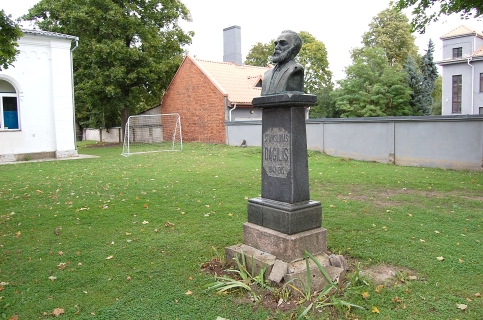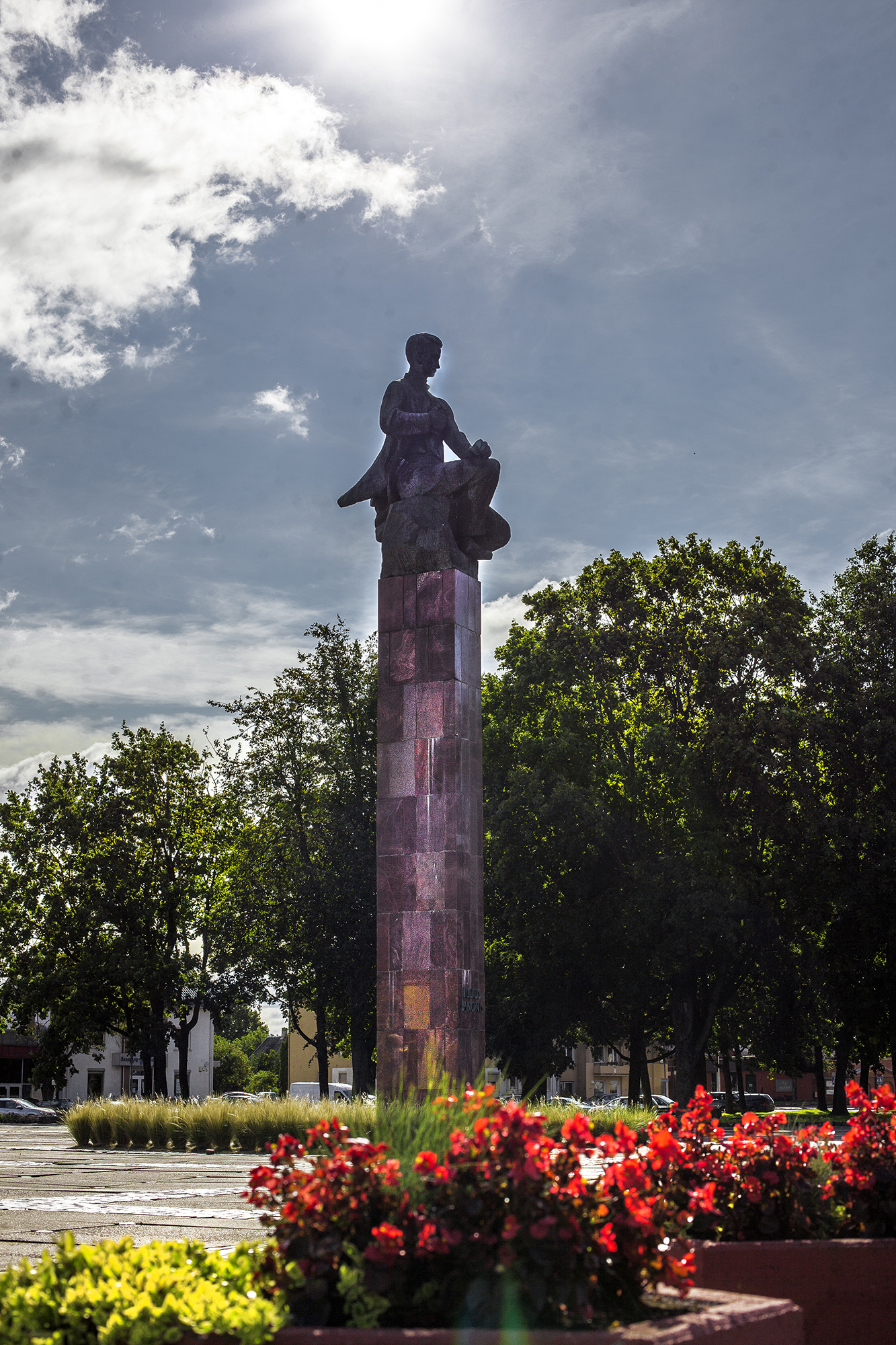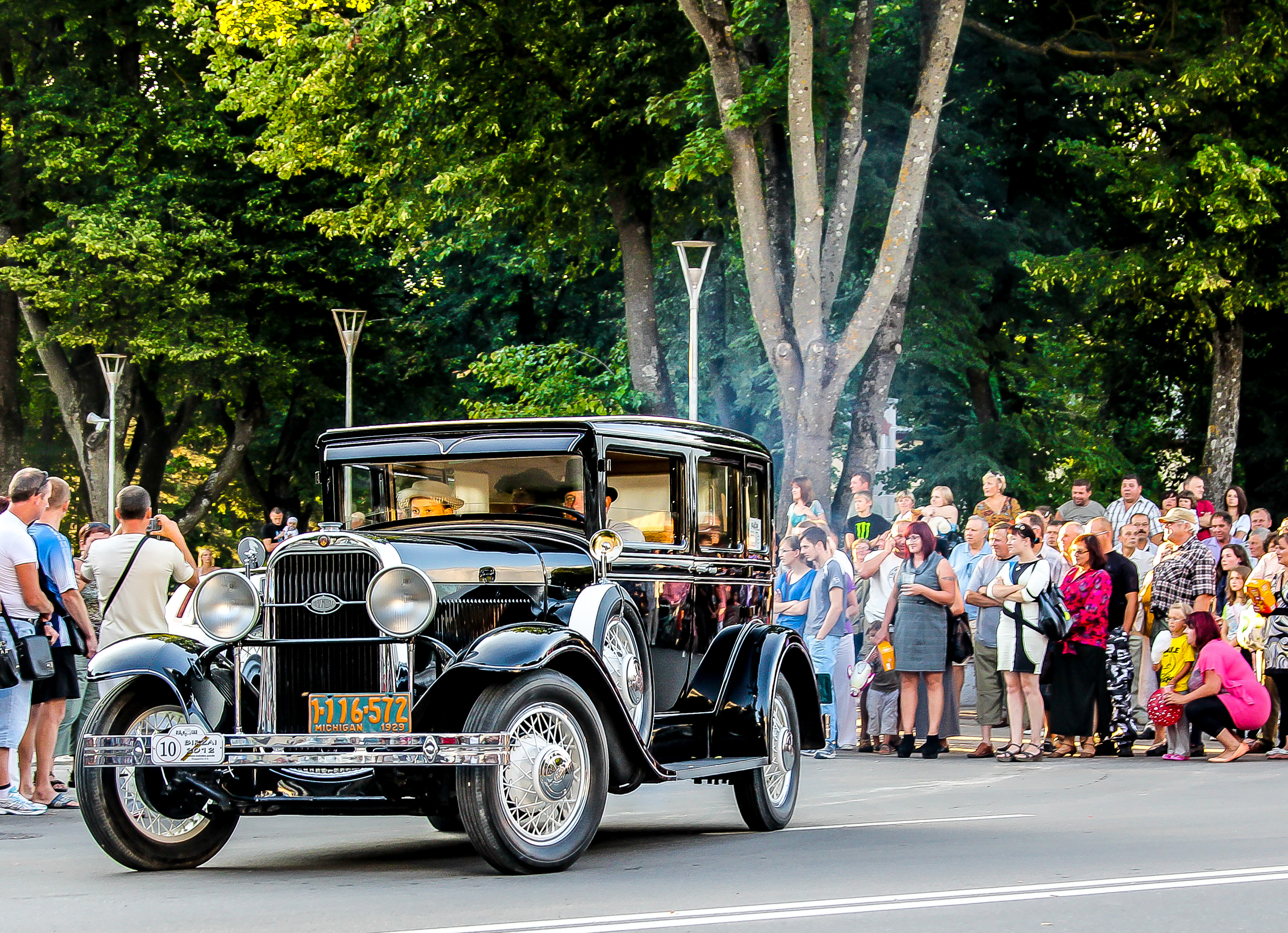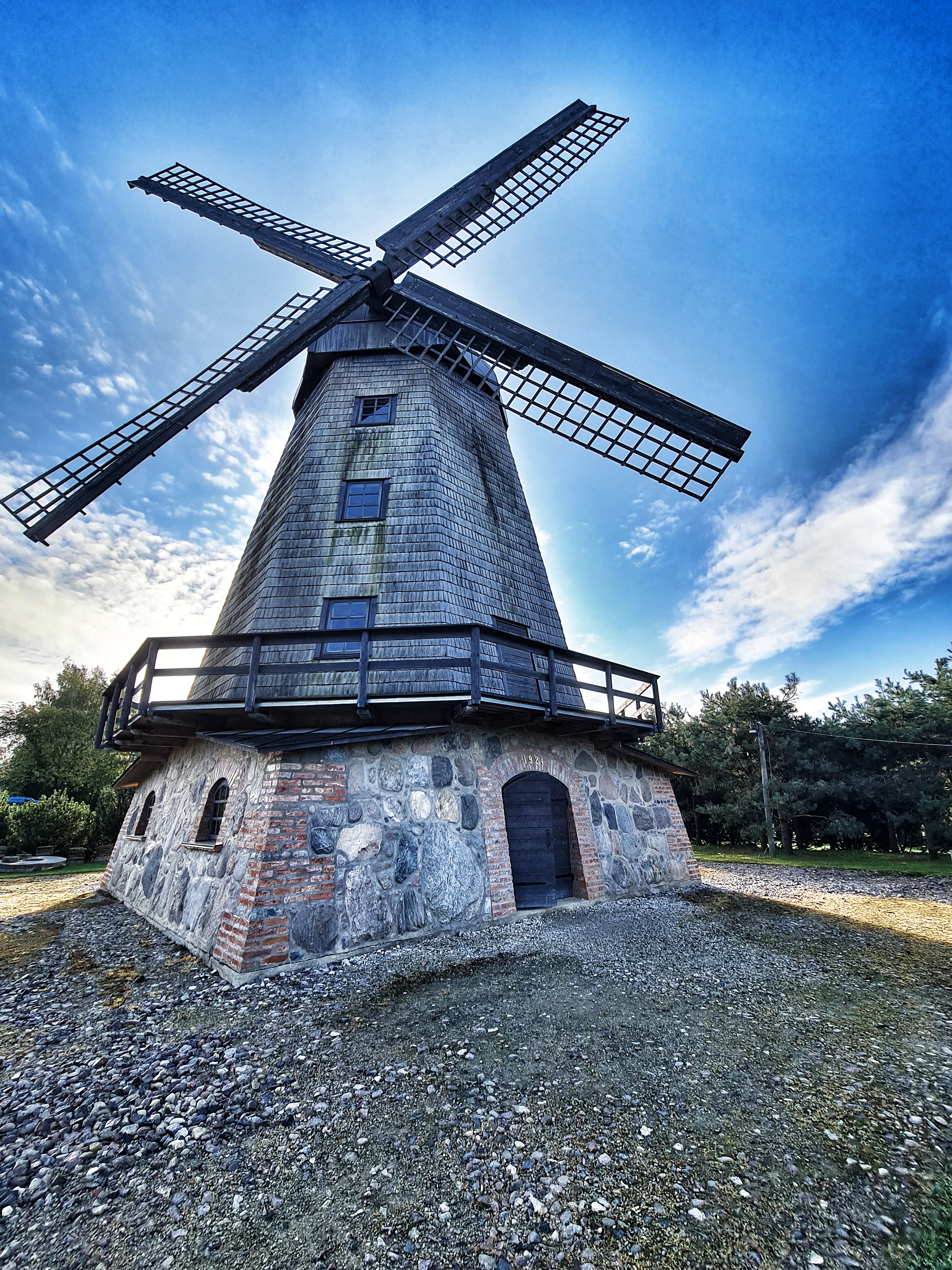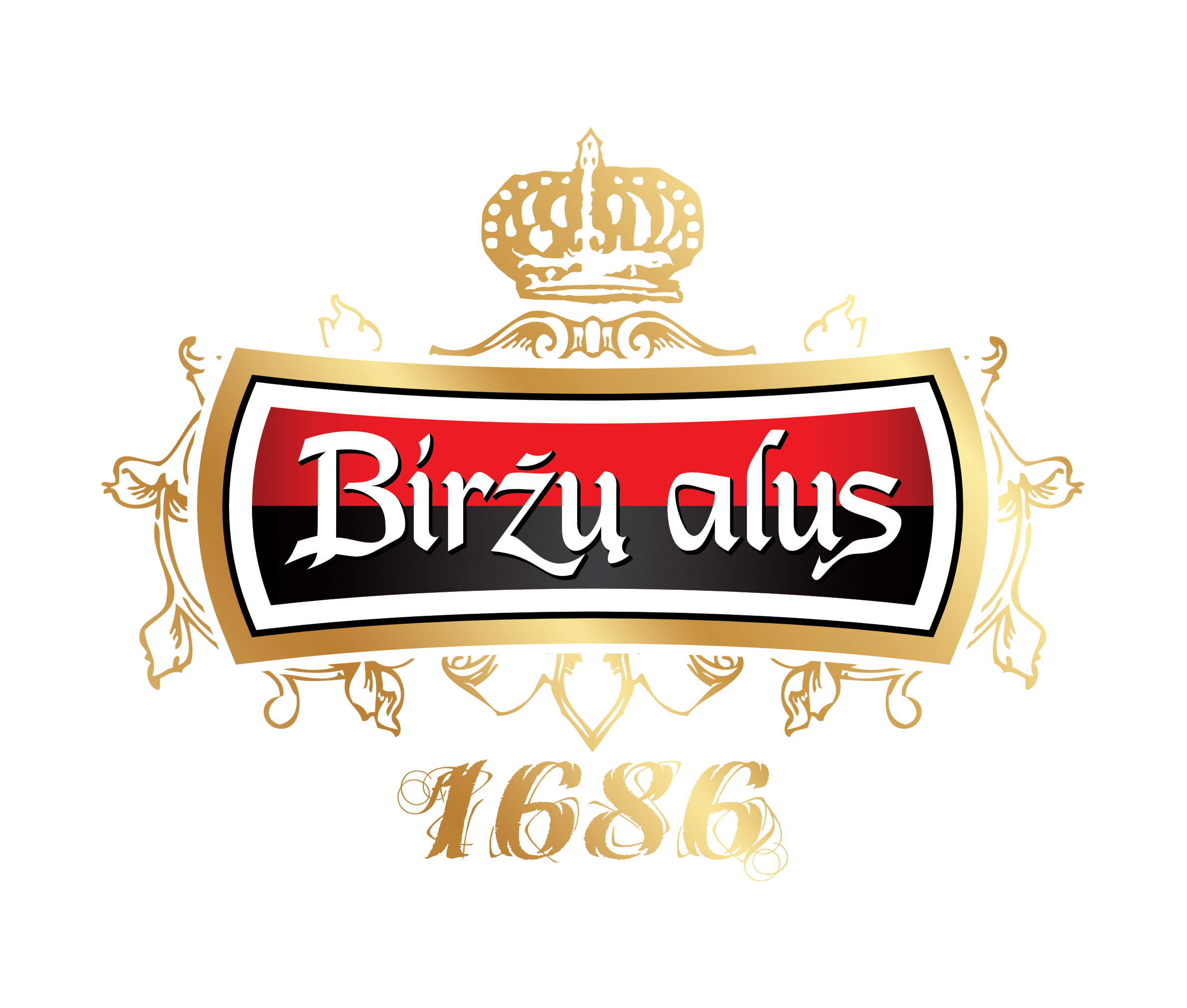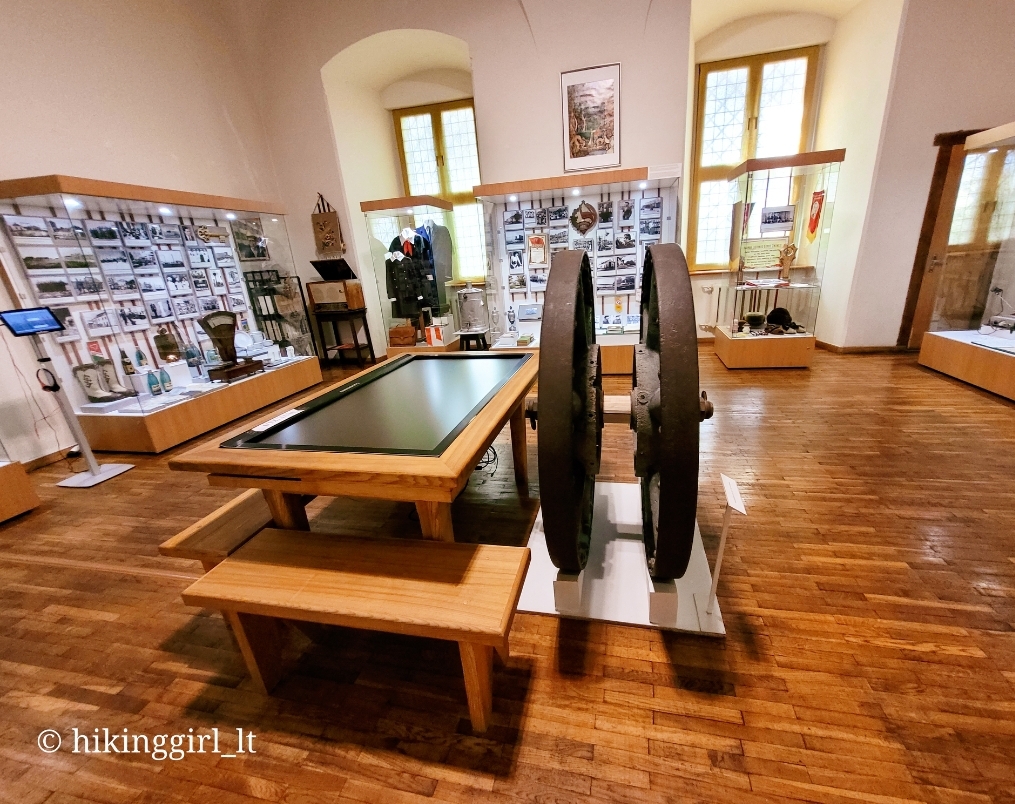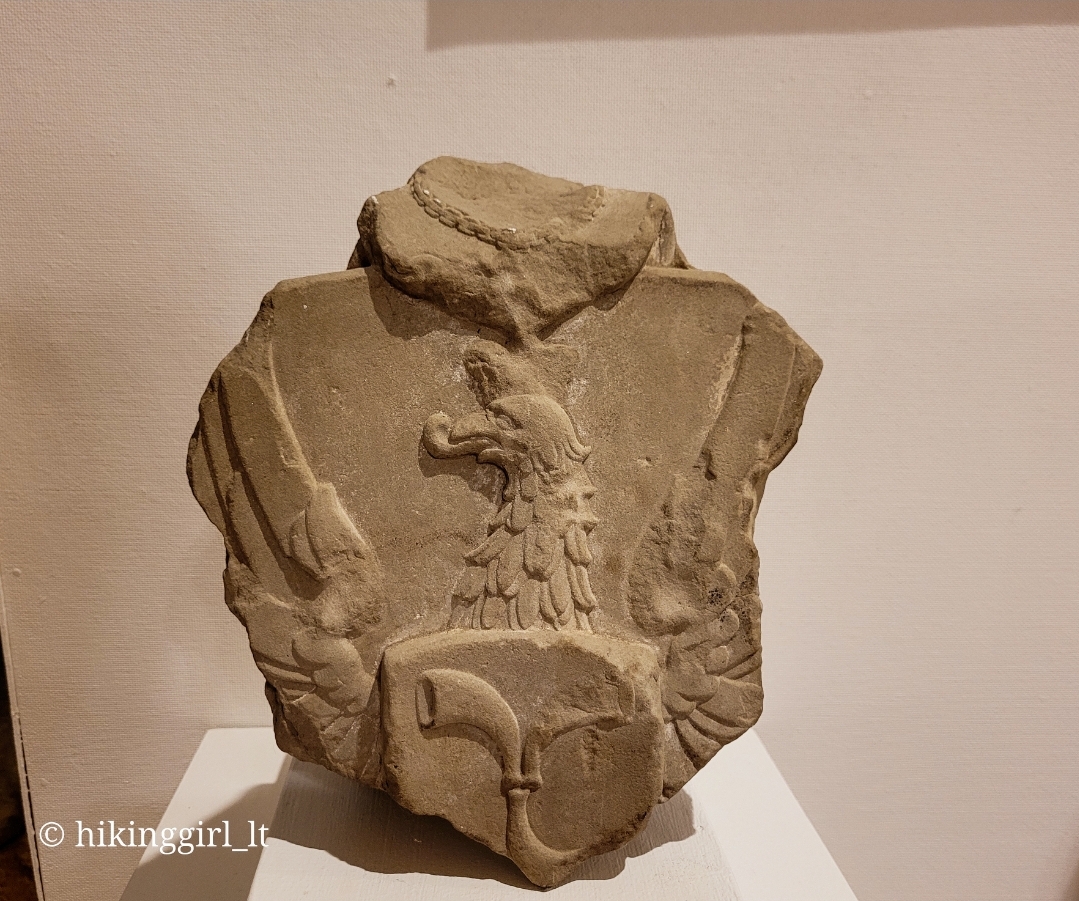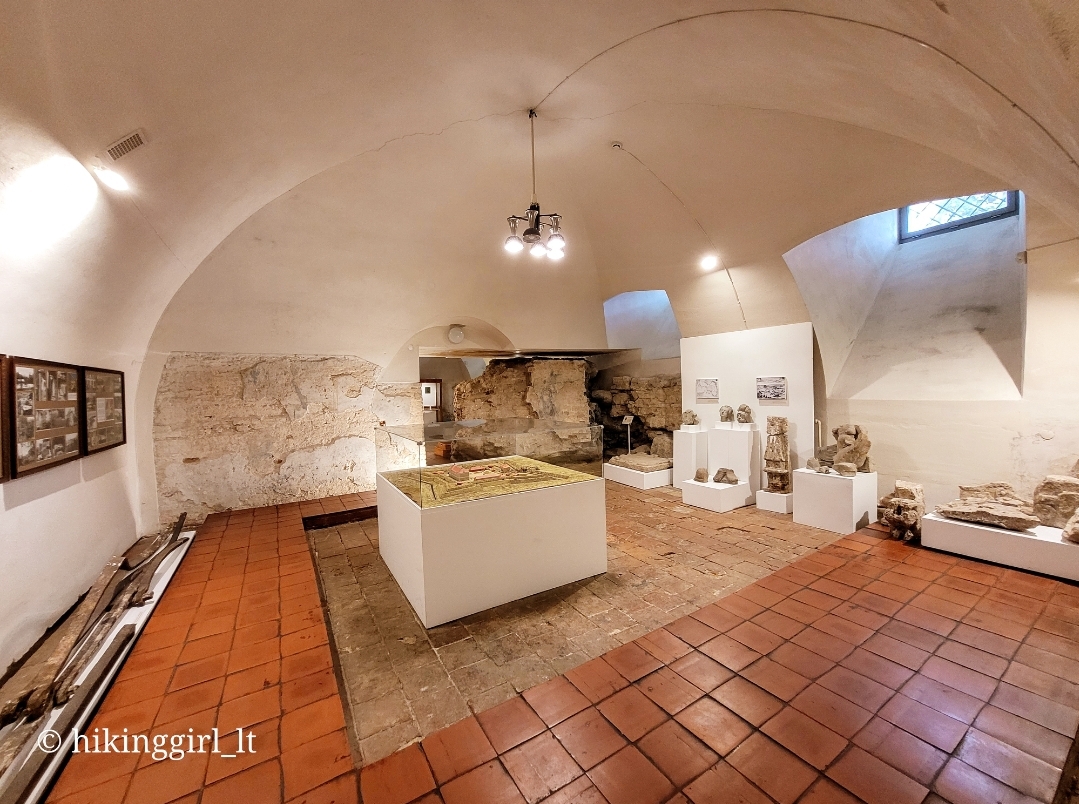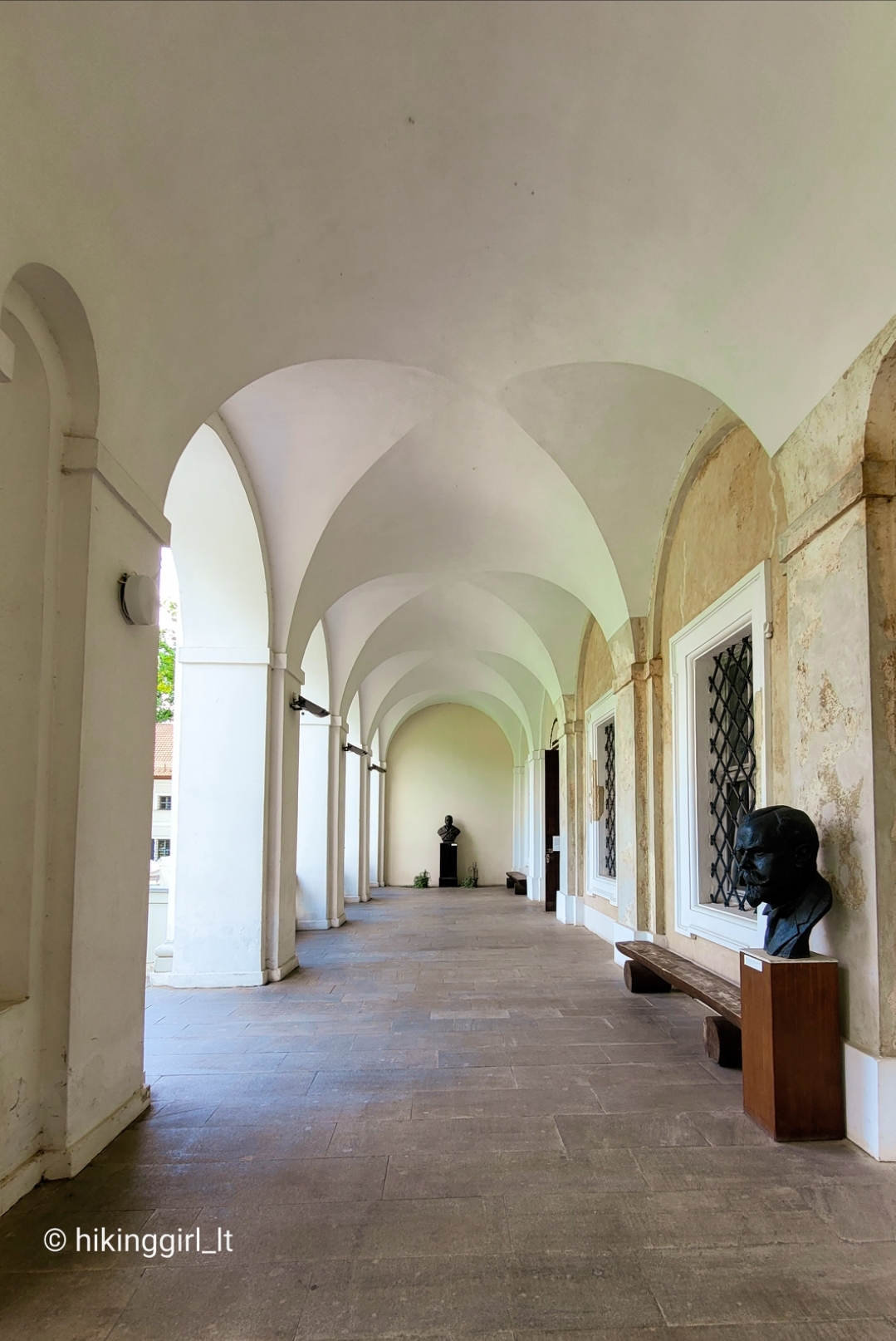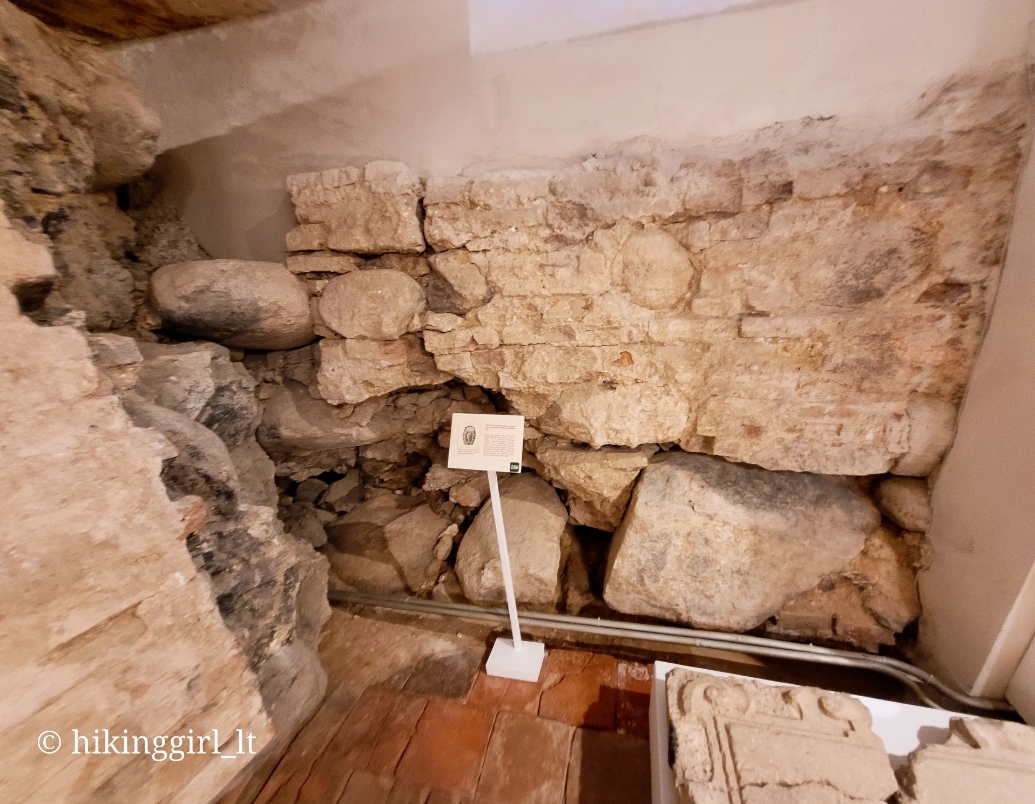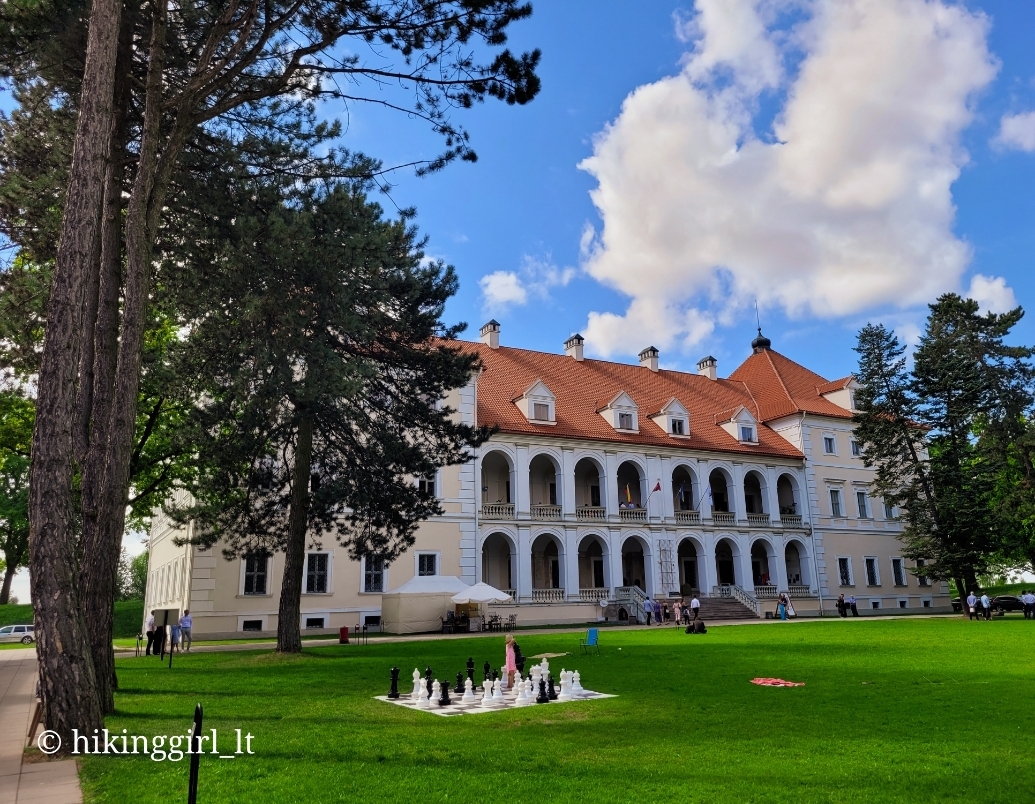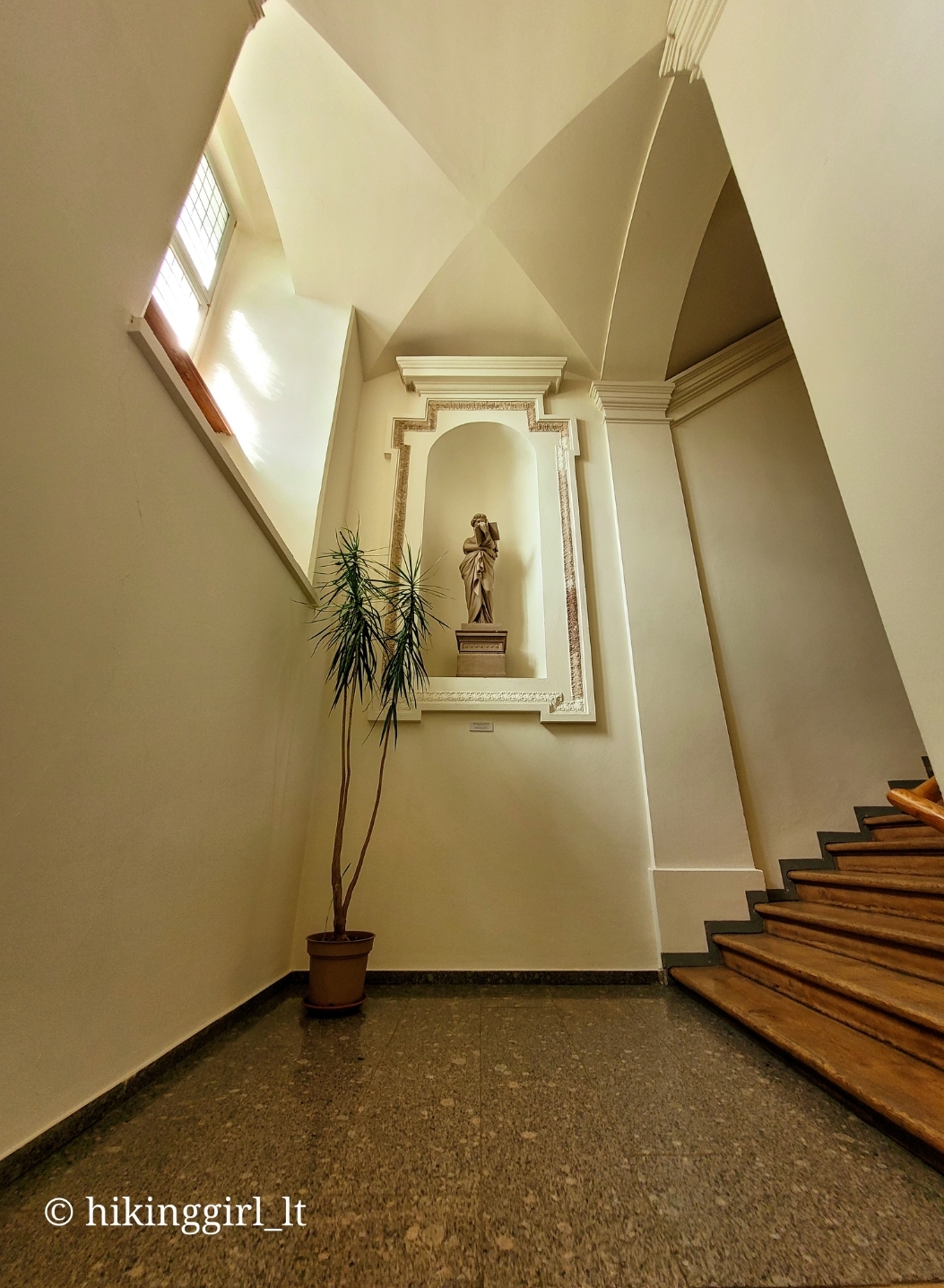Biržai Castle Palace-Museum

540

2

1
Duke Kristupas Radvila (1547–1603) built the most modern bastion fortress of its time in Lithuania in Biržai. Construction began in 1575 after damming the Apaščia and Agluona rivers. By 1589, the fortress was completed, featuring a palace, an Evangelical Reformed church, an arsenal, and barracks. The wars between Lithuania and Sweden (1600–1660) in the 17th century repeatedly destroyed the fortress. In 1637, Kristupas II Radvila initiated its reconstruction based on the Dutch fortification model. In 1659, Bogusław Radvila regained the castle, but construction halted after his death. In 1671, his daughter, Ludwika Karolina Radvilaitė, resumed the work, and by 1682, a larger defensive complex had been built. During the Great Northern War (1700–1721), the Swedes captured and destroyed the castle. Between 1978 and 1986, the representative palace was restored, followed by the gunpowder magazine, bridge, and arsenal building.
Info
-

Castles
-
Birzai
-
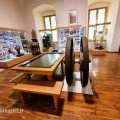
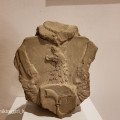

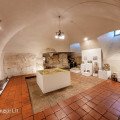
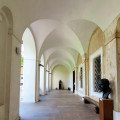
Whats new?
Nearby attractions
Nearest museums
Nearest entertainment
Nearest accommodations

 Entertainment
Entertainment
 Food establishments
Food establishments





























 56.204842, 24.75338
56.204842, 24.75338
 Get directions
Get directions








